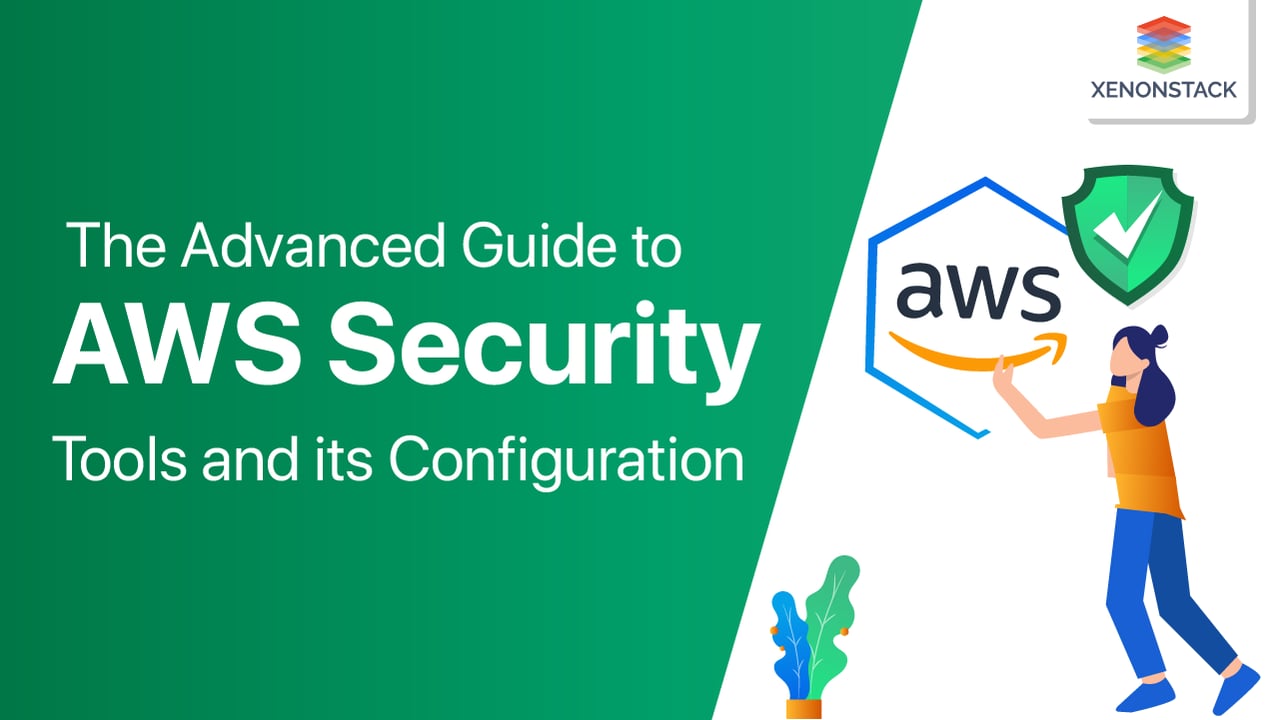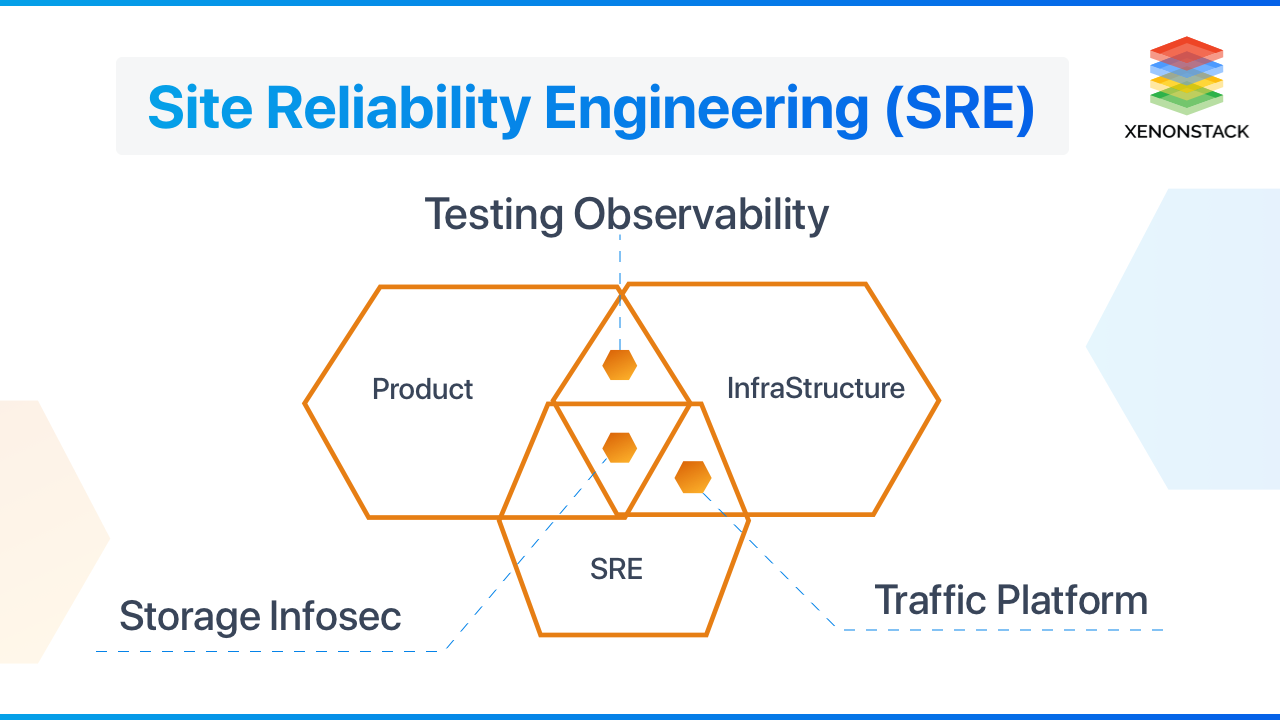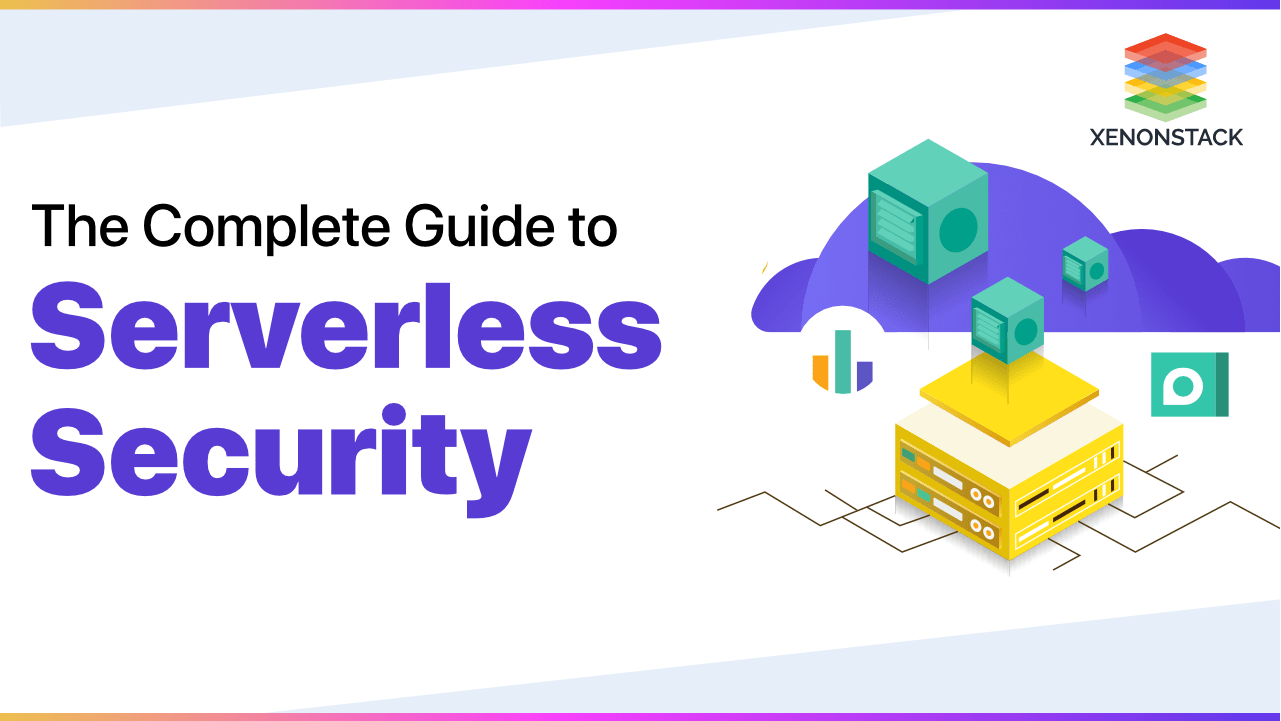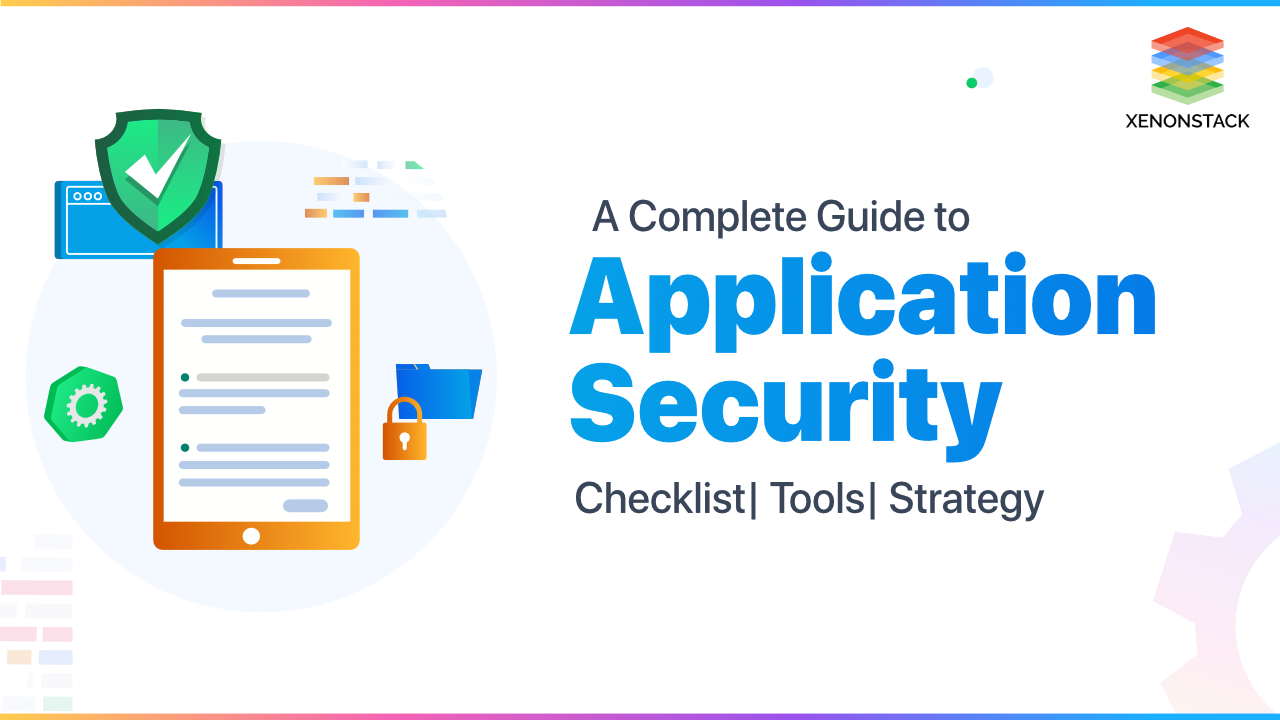
What is AWS (Amazon Web Services)?
AWS is one of the leading cloud platforms which provides infrastructure as a service, platform as a service, and software as a service(SaaS) to its customers. It has millions of users all around the globe.
It was established in 2006 and was the first company to introduce a pay-as-you-go cloud model for its customers. Today Amazon Web Services data centers are present in up to 150 countries worldwide and provide more than 100 services to its customers. Some of the services provided by it are listed below:
- Compute
- Storage
- Data management
- Hybrid Cloud
- Networking
- Security
- Development Tools
- Monitoring
It provides a wide range of AWS Security Tools like Amazon guard, Amazon Macie, Security Hub, Amazon Web Services Shield, and Amazon Web Services Inspector.
Moving forward with this article, we will discuss two security tools provided by it that can be used for increasing security, analysis, monitoring configuration, monitoring changes, and getting proper insights into one's account and how they can be used.
The process of analyzing the data objects and their relationship to the other objects. Click to explore about our, Data Modelling Techniques and its Tools
What are the best AWS Security and Monitoring Tools?
The best AWS security and monitoring tools are described below:
Amazon Web Services CloudTrail
It is one of the security tools provided by Amazon Web Services. It can be used to capture, i.e., record the activities in its services, store the logs of the activities in AWS CloudTrail console or Amazon S3 bucket, act, i.e., if any alarming event occurs, we can act upon it.
How does it work?
It is an API (Application Program Interface) call recording. CloudTrail in CloudTrail events records every activity that occurs in your account. The logs of API calls are recorded and stored in CloudTrail Console or Amazon S3 bucket. You can view the logs by clicking on the Event history of the CloudTrail dashboard.
CloudTrail shows the activities of the past 90 days. You can view, search and download the activities shown in CloudTrail. You can create a trail using CloudTrail console, Amazon Web Services CLI, and CloudTrail API.
Trails can be created:
- The trail that applies in a particular region.
Using this option, we can create a trail that will record all the activities of the resources in a particular region.
- The trial applies to all regions.
By using this method, we can create a trail that will record all the activities of the resources present in all the regions, which provides a better view of all the
What are the features of CloudTrail?
Enabled on all its resources by default.
Provides a detailed description of events. One can search, view, and download Amazon Web Services account activities.
Provided Multi-region and single-region configuration for your account.
Records every API call made of a resource in your account.
Steps to Use CloudTrail
- Firstly, log in to your management console, and in the search bar, write AWS CloudTrail.
- Now, Click on CloudTrail, which will navigate you to the CloudTrail dashboard.
- Next, go to the CloudTrail navigation bar and select the dashboard. The dashboard will show you the created trails.
- Now click on the Event history to see all the trails.
- You can select any of the listed trails and see the insights of that trail.
Next, this article will look at its config, how it works, the features of CloudTrail, and lastly, how we can use it.
As compared to other areas Big Data to have securities issues and attacks happening every single minute. Click to explore about our, Big Data Security and Management
AWS Config
It is a secure and robust analysis tool. It provides a detailed view of your account's configuration of its resources. Its Config informs about who accessed, what resource, and when. It acts as a resource inventory for your system and can help you discover resources running in your environment.
How does it work?
- When a user enable its Config, it discovers all the running resources in your Amazon Web Services environment.
- Whenever a change is made in the configuration of an AWS resource, it generates configuration items.
- It keeps records of the configuration items of the resource.
- It keeps the records by listing every API call made to a resource.
- You can also use its Config rules. According to the rules, AWS Config will evaluate your resources. Every its rule is associated with a lambda function and consists of the rule's evaluation logic.
- When it evaluates your resources, it triggers the rule's lambda function, and if any resource violates Config rules, it will flag the resource and the rule as noncompliant.
What are the features of AWS Config?
- Amazon Web Services Config keeps a detailed record of all the configuration changes made to any resource.
- One can customize the Config rules according to their needs.
- It provides configuration snapshots and can be stored in an S3 bucket.
- Multi-account, Multi-region data aggregation. The aggregate dashboard helps you count the total count of non-compliant rules.
What are the steps to implement AWS Config?
- First, log in to its management console and search for config in the search bar.
- Click in the 1-click setup to launch Amazon Web Services Config.
- Click on the Step-1 Setting for the resource type to be recorded and specify all the resources you want Amazon Web Services Config to record. For the delivery method, choose the bucket or create a new bucket.
- In Step 2, Rules and choose the rule that you want. Click Next.
- On the last Step- Review, Verify the setting details and click on Confirm.
A part of the Big Data Architectural Layer in which components are decoupled so that analytics capabilities may begin. Click to explore about our, Big Data Ingestion Tools
What are the AWS Security Use Cases?
Its use cases are described below:
Logging AWS Config API Calls with AWS CloudTrail
All the API calls are captured by its config as events. Calls from the Config console and code calls to the Config API activities were recorded. Creating a trail enables continuous delivery of the cloudtrail events to an S3 bucket. You may determine the request made to Config, the IP address from which the request was made, who made it, when it was made, and other details using the data collected by CloudTrail.
Amazon Web Services Config Information in Cloudtrail
- When you create an Amazon Web Services account, CloudTrail is activated by default. When its Config action occurs, it is logged in a CloudTrail event alongside other service events in Event history.
- You may see, search, and download recent events in your account.
- Create a trail to keep track of events in your account, including AWS Config events.
- CloudTrail can transmit log files to an Amazon S3 bucket using a trail.
- When you establish a trail in the console, it applies to all Regions by default.
The trail records events from all of the partition's Regions and sends the log files to the Amazon S3 bucket you choose. - Other services can also be configured to evaluate and act on the event data generated in CloudTrail logs.
Monitoring Changes in AWS Resources With Amazon SQS
When a supported its resource is created, edited, or otherwise modified due to user API action, AWS Config leverages Amazon Simple Notification Service (SNS) to give you notifications. You might, however, be only interested in particular resource configuration modifications.
Conclusion
In conclusion, we can say that both AWS CloudTrail and Config provide deep insights into which resources are in use and who is accessing which resources. Both store the API calls and store the log in the S3 bucket. Both these tools check the configuration of the resources and records whenever a change occurs. Both resources work great together and provide valuable information about one's account.
- Discover here about System Testing Tools
- Click to know about Ansible Configuration Management and its Features


